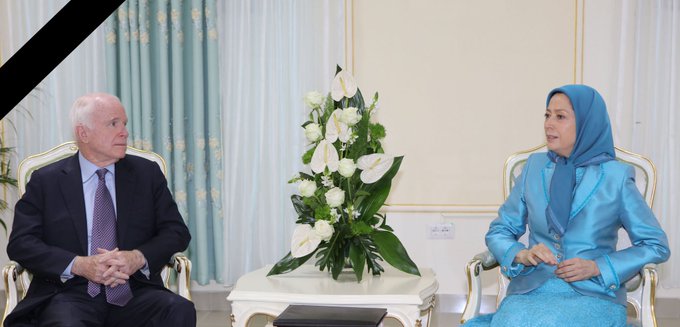People live below the poverty line in Iran
On August 27, state-run news agency ISNA quoted Mahmoud Eslamian, deputy chief of the Chamber of Commerce in Isfahan saying that due to some unscientific decisions in the field of economy, we will soon witness a tsunami of manufacturing units going bankrupt and the causing unemployment.
The drying out of Zayanderud due to years of mismanagement
The deputy chief of the chamber of commerce in Isfahan continues: “The economic situation in the country is alarming and the private sector needs to take a stand against incorrect and unreasonable decisions more actively than before.”
He added: “Isfahan province, as the center of industry and the center of steel in the country, faces hard times in manufacturing and procuring raw materials and in addition is ordered to sell its products with a 42,000 rial currency on the stock exchange.”
About the unscientific decisions of the government, Esmalian said: “The dry out of Zahanderud is one of the results of such decisions. Unfortunately, the decision-making process is continuing on this path and soon we will witness a tsunami of manufacturing units going bankrupt and the following unemployment.”
Big manufacturing units hardly keep going
Eslamian continued: “Big manufacturing units hardly keep going. When the government faces a dead-end it consults the private sector. This is not right to come to us only when the decision-making body faces a fundamental problem. Unfortunately, the decision makers are deaf, and they won’t listen to the private sector.”
He said: “Unfortunately, the decision-making process of the government unintentionally increases the impact of the sanctions. While Trump spends time on how to sanction Iran, our authorities obstruct the cycle of trade and manufacturing with overnight-decisions.”
Turmoil is the result of a lack of coordination between the economic team
Pedram Soltani, deputy chief of the Chamber of Commerce of Iran also said: “The structure of planning in the country faces fundamental challenges and there are numerous unresolved issues on the table. Under these circumstances, we need to move towards a fundamental reform of the structure. The problem of the private sector is that they can’t act beyond a certain limit and opinions and decisions don’t go beyond ideas and theories. Turmoil in the country’s economy is the result of a lack of coordination between the economic team and the president.”
Creating economic rents under the pretext of supporting consumers
Bahram Sobhani, Chief Executive Officer of Isfahan’s Mobarakeh Steel Company, also criticized recent economic policies of the Ministry of Industry, Mine and Trade and said: “The price difference of a kilogram of sheet from the factory gates to the stock exchange is 22,000 rials and this pricing is under the pretext of supporting consumers but for some it creates economic rents.”











